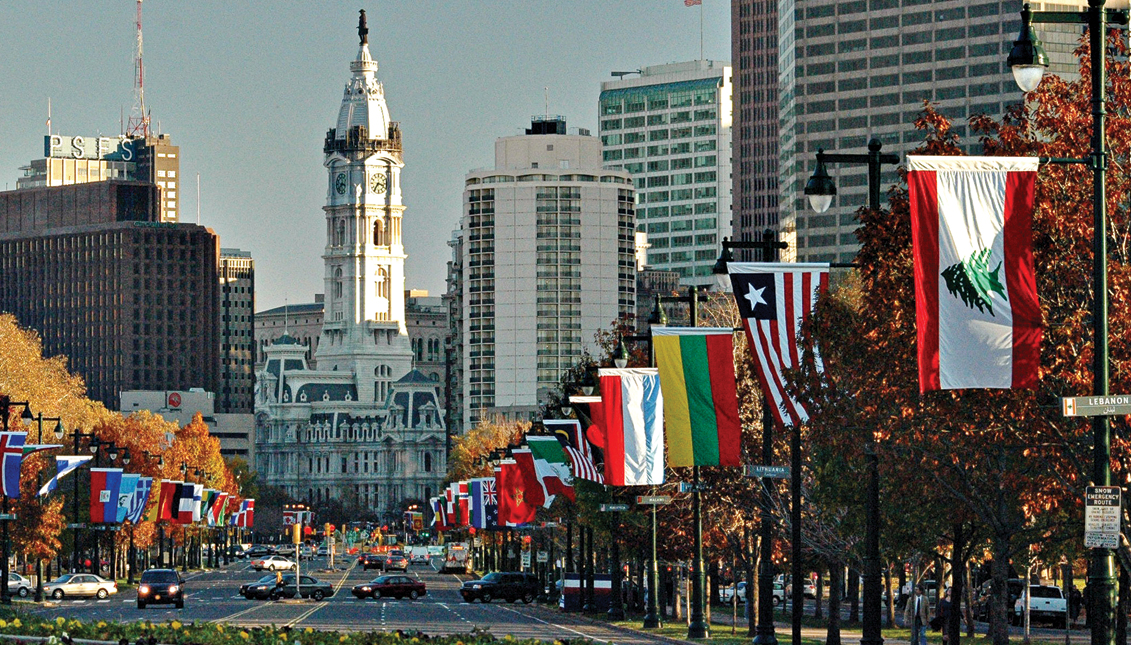
Philadelphia still struggles most to represent Hispanics, per new City Controller report
A new report on diversity in the city’s exempt workforce saw Hispanics with the lowest representation relative to their percentage of the city population.
Last Friday, Philadelphia’s City Controller’s Office released its second annual report on diversity within the city’s exempt workforce for the 2019 fiscal year.
The report analyzed the diversity of all exempt employees, those making over $90,000 a year, new hires and new hires making more than $90,000 a year.
The exempt workforce is made up of employees that joined the city by foregoing its civil service system, which is used to recruit the majority of city employees and involves a testing process before candidates are selected.
“It’s much easier to just hire who you want to hire,” said City Controller Rebecca Rhynhart.
For this reason, she explained that analyzing the city’s exempt workforce is the best indicator of its true hiring practices and also includes the leadership positions of many city departments.
Philadelphia’s total exempt workforce is approximately 4,600.
Overall, Rhynhart’s office’s 2019 report showed that while there were slight improvements in diversity, the city’s exempt workforce is still predominantly white and not representative of Philly’s population, which is 66% nonwhite.
Of that nonwhite population, no community struggles more in regards to representation in Philadelphia’s exempt workforce than Hispanics.
Just 7.4% of the exempt workforce in Philadelphia is Hispanic. That’s relative to a city population percentage of 15.2%.
For perspective, the white population of the exempt workforce is 47.2% relative to a total city population that is just 34% white.
When analyzing the demographics of those exempt employees making more than $90,000 a year,the report also found Hispanic representation at just 4.7%.
RELATED CONTENT
Of the exempt new hires, Hispanic representation barely fluctuated from the 2018’s 9.4% and now sits at 9.2%. Of the new hires earning more than $90,000, Hispanic representation actually dropped by 1% from 5.3% to 4.3%.
For Rhynhart, new hires are also a spot of emphasis when analyzing true hiring practices because they represent the new opportunities where diversity can be directly affected.
The 2019 report also used census data that is soon to be outdated in 2020.
With a suspected influx of Hispanics from Puerto Rico following Hurricane Maria among other natural disasters and political crises, it is unlikely Philadelphia’s total Hispanic population will stay at 15.2% once all the census data is counted from the past year.
The result for Philadelphia government is potentially even worse Hispanic representation in relation to its total Hispanic population when Rhynhart’s office releases its report for the 2020 fiscal year.
By then, Rhynhart hopes to highlight specific departments showing little to no progress in the area of diversity backed up by two years of data. The goal is to make both the Mayor’s office and individual departments accountable for the goal of a more diverse city workforce.
“The more diverse we are in our workforce and leadership,” said Rhynhart, “the better we will govern.”










LEAVE A COMMENT: